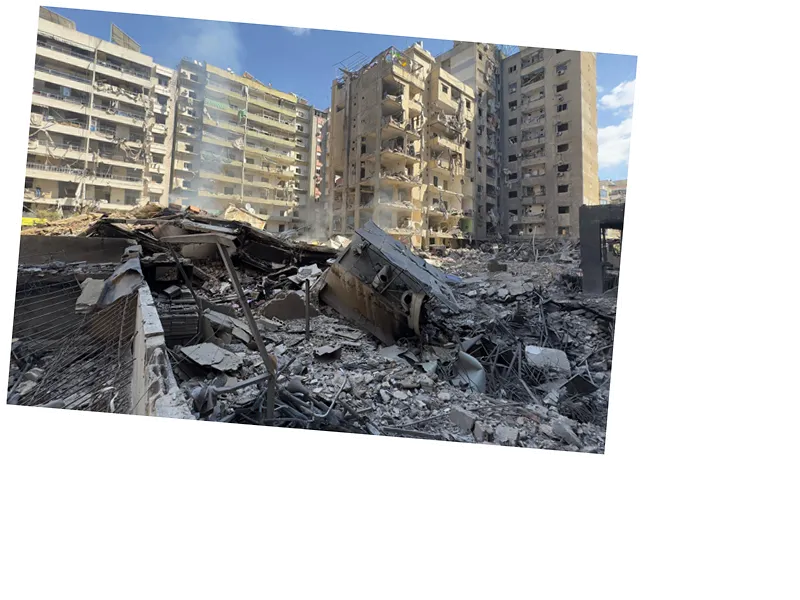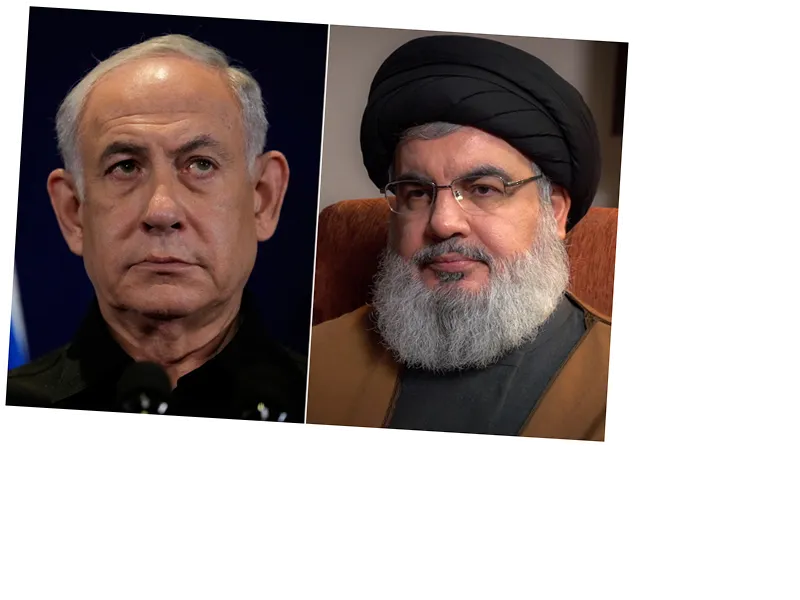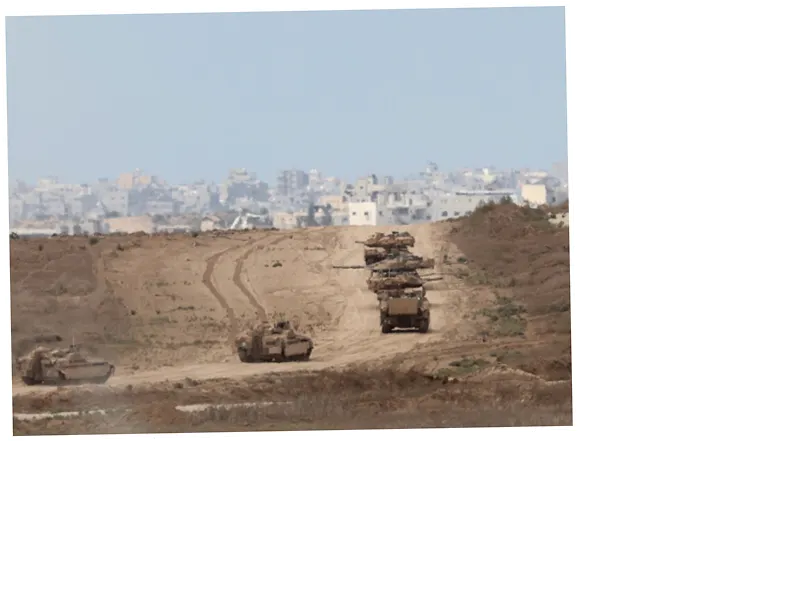The Israeli strategy of destruction in southern Lebanon is aimed at weakening Hezbollah and creating a buffer zone along the border. The ongoing military operations reflect a broader psychological warfare tactic designed to instill fear among civilians and disrupt their support for Hezbollah. Despite extensive military actions, the resilience of the local population and their commitment to rebuilding their lives remain strong, undermining Israel's objectives.
The continued destruction may lead to increased international scrutiny and condemnation of Israel's tactics in Lebanon. Hezbollah may leverage the destruction to bolster its support among local communities, framing it as a struggle against aggression. The situation could escalate further if civilian casualties continue to rise, prompting international calls for a ceasefire.
Israeli Destruction Strategy in Southern Lebanon: Insights and Implications
In the ongoing conflict between Hezbollah and Israel, a significant aspect of the military strategy employed by Israel involves the systematic destruction of infrastructure in southern Lebanon. Recent air strikes have resulted in extensive damage to residential buildings in cities like Tyre, Yarin, Marouhin, and others. This strategy mirrors the tactics used in Gaza, where civilian infrastructure has been targeted since the onset of hostilities on October 7, 2023. Experts suggest that this deliberate approach aims not only to weaken Hezbollah's operational capabilities but also to instill fear among civilians, compelling them to flee their homes.
Military analysts, including Brigadier General Hassan Jouni, argue that Israel's overarching goal is to create a buffer zone along the border, referred to as “Bafarzon,” which would be devoid of any construction. This area is intended to enhance security for Israeli settlements by preventing potential attacks. However, Jouni believes that such measures are unlikely to provide real protection, as the Lebanese populace is expected to rebuild and resist any attempts to erase their presence in these border areas.
Psychological Warfare and Resistance
The destruction of homes and vital infrastructure is viewed by many analysts, such as Ali Matar, as a component of psychological warfare aimed at demoralizing the population and undermining support for Hezbollah. Matar emphasizes that Israel's tactics extend beyond targeting military infrastructure, seeking to dismantle the very foundations of life for residents in these villages. He posits that these aggressive strategies are designed to isolate communities and prevent them from returning to normalcy, ultimately failing to achieve their intended outcomes.
Researcher Ali Ahmed notes that Israel's current military objectives appear to lack strategic depth, echoing tactics from previous conflicts, such as the 2006 war. Despite extensive military operations, including air raids and targeted assassinations, the anticipated swift victory has not materialized. Instead, the resilience of the local population and their unwavering support for Hezbollah remain strong, even in the face of destruction.
As the conflict continues, analysts suggest that Israel's reliance on destruction as a means of warfare is insufficient for achieving lasting military success. The psychological impact on civilians may be intended to break their morale, but the steadfastness of communities in southern Lebanon indicates a complex interplay of resistance against such aggressive policies.





